Handwriting practice Normal Letter Recognition Worksheets for 3-Year-Olds
16 filtered results
-
From - To
Introduce your 3-year-old to the joy of learning with our engaging Handwriting Practice Normal Letter Recognition Worksheets! Designed specifically for toddlers, these fun and educational activities help little ones recognize and write letters with ease. Each colorful and interactive worksheet fosters early literacy and fine motor skills through tracing and freehand writing exercises. Perfect for at-home practice or classroom settings, these worksheets provide the foundational building blocks your child needs for future academic success. Let their imagination soar while building essential handwriting skills. Discover the joy of learning with our expertly crafted resources aimed at every curious mind!
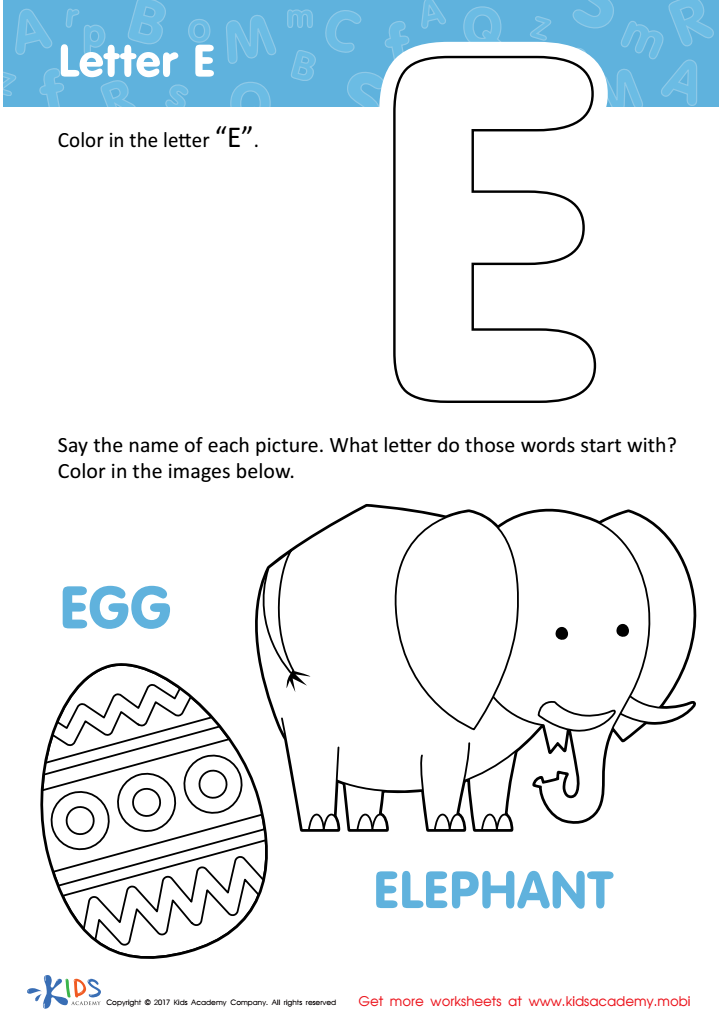

Letter E Coloring Sheet
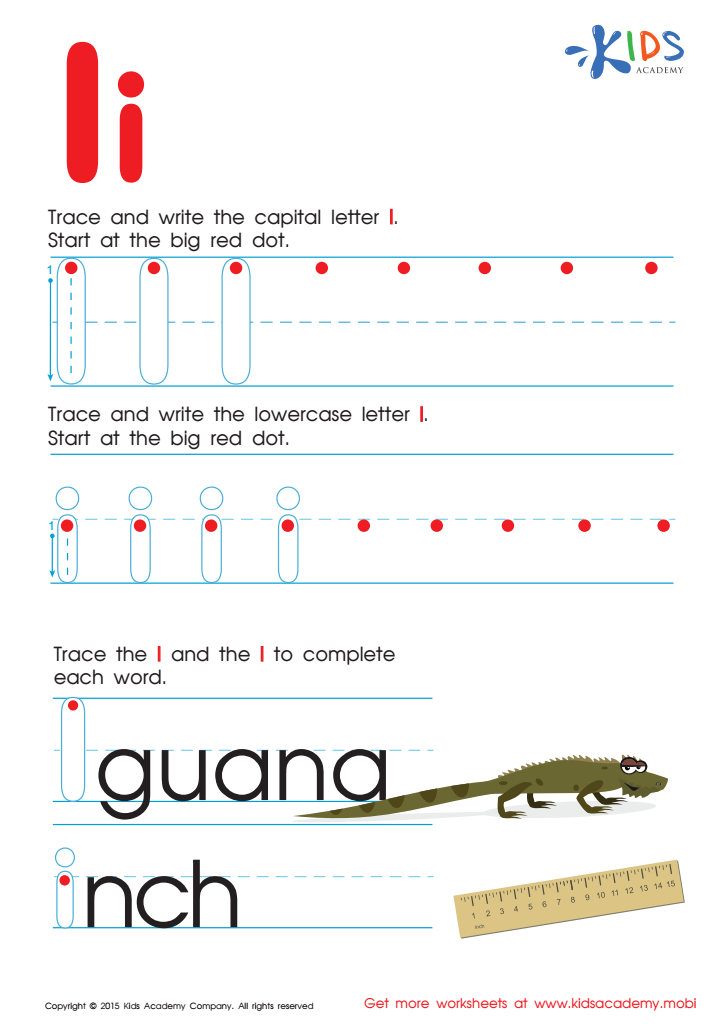

Letter I Tracing Page
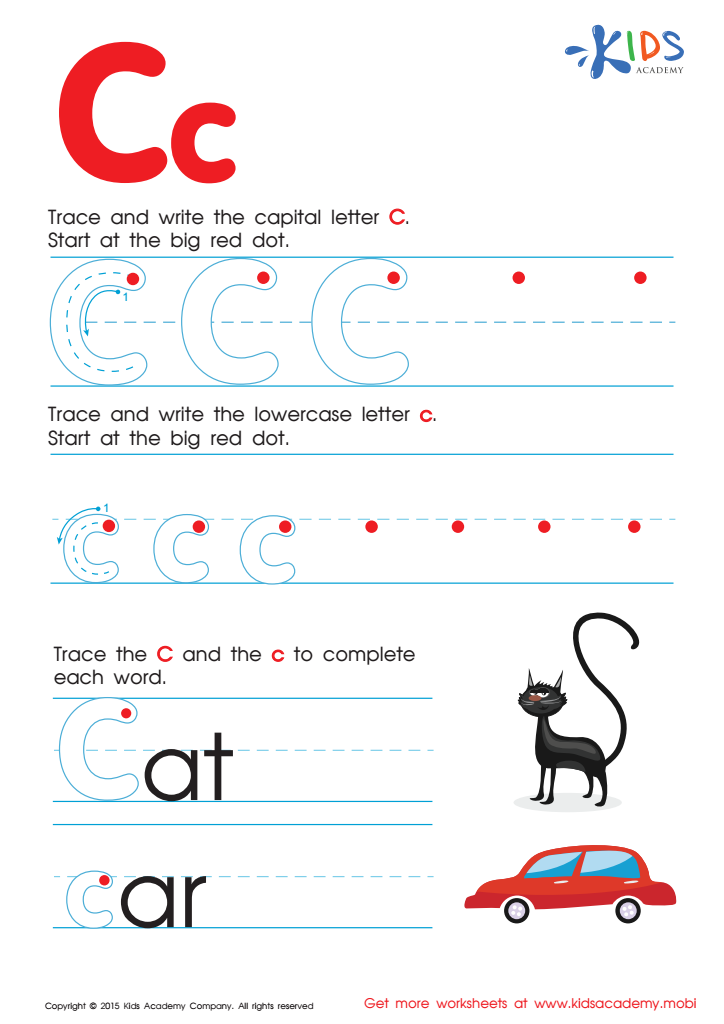

Letter C Tracing Page


Letter G Tracing Page


Letter D Coloring Sheet
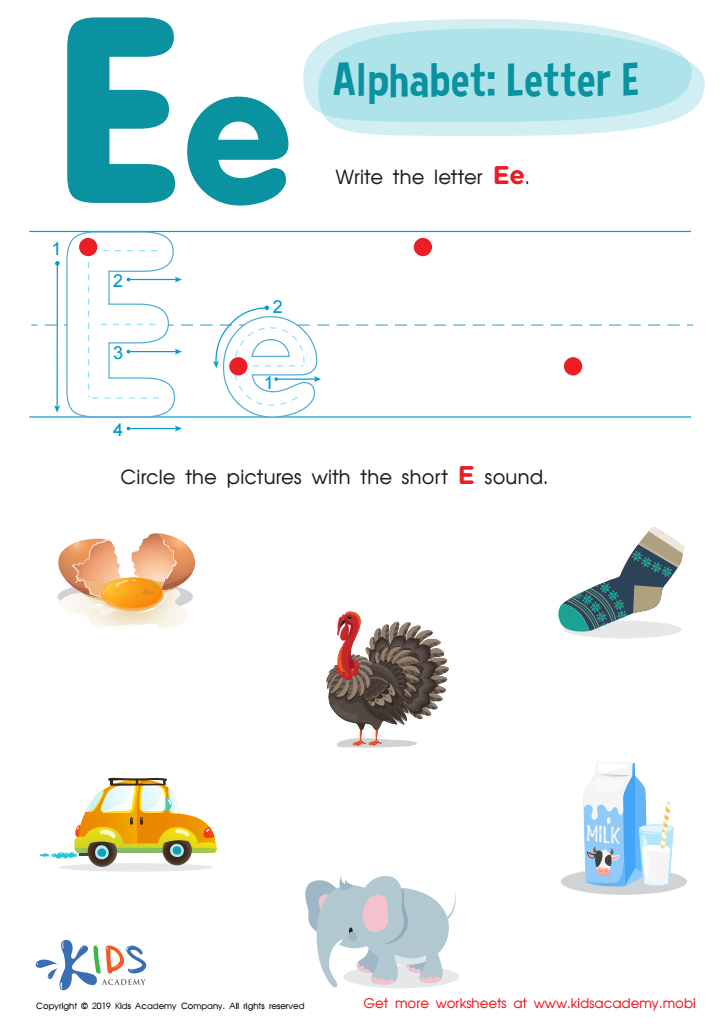

Letter E Tracing Worksheet
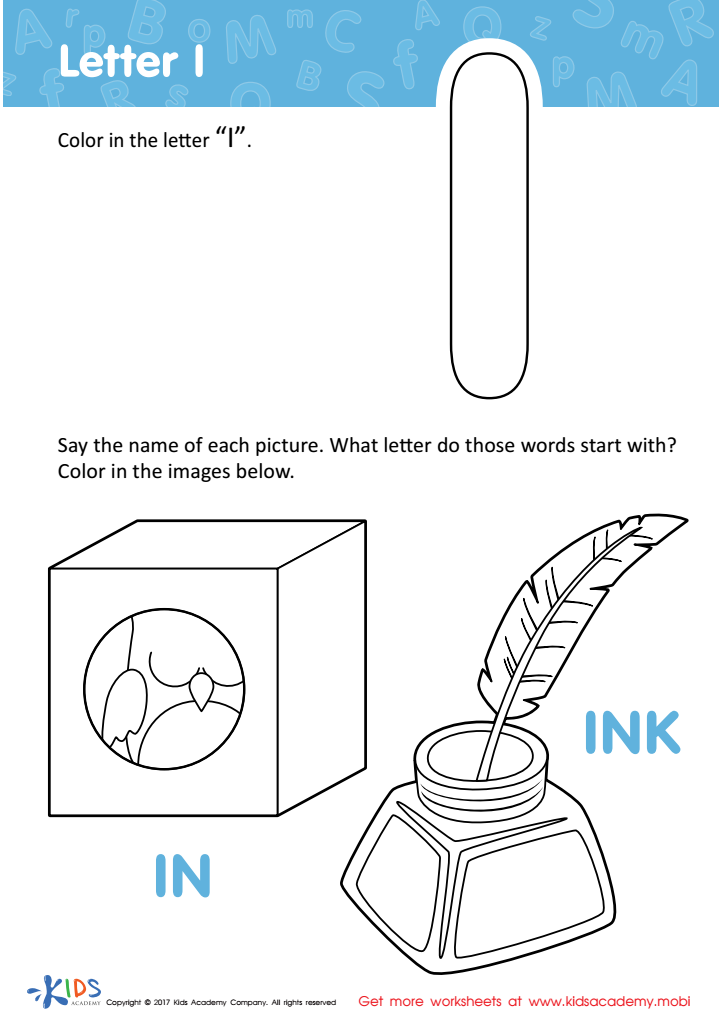

Letter I Coloring Sheet
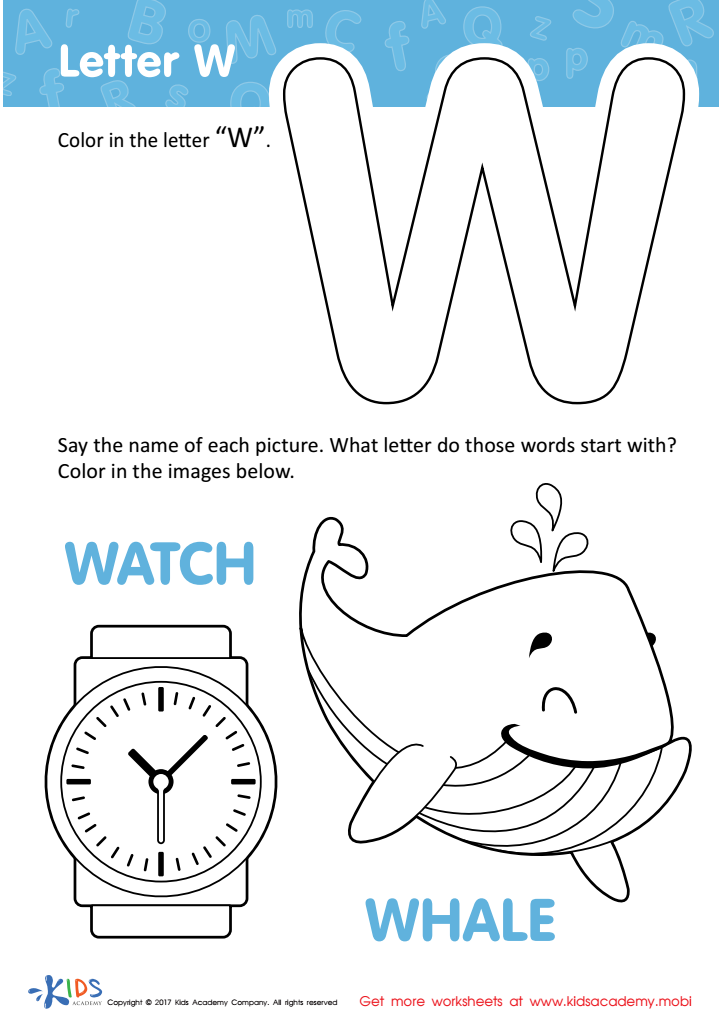

Letter W Coloring Sheet
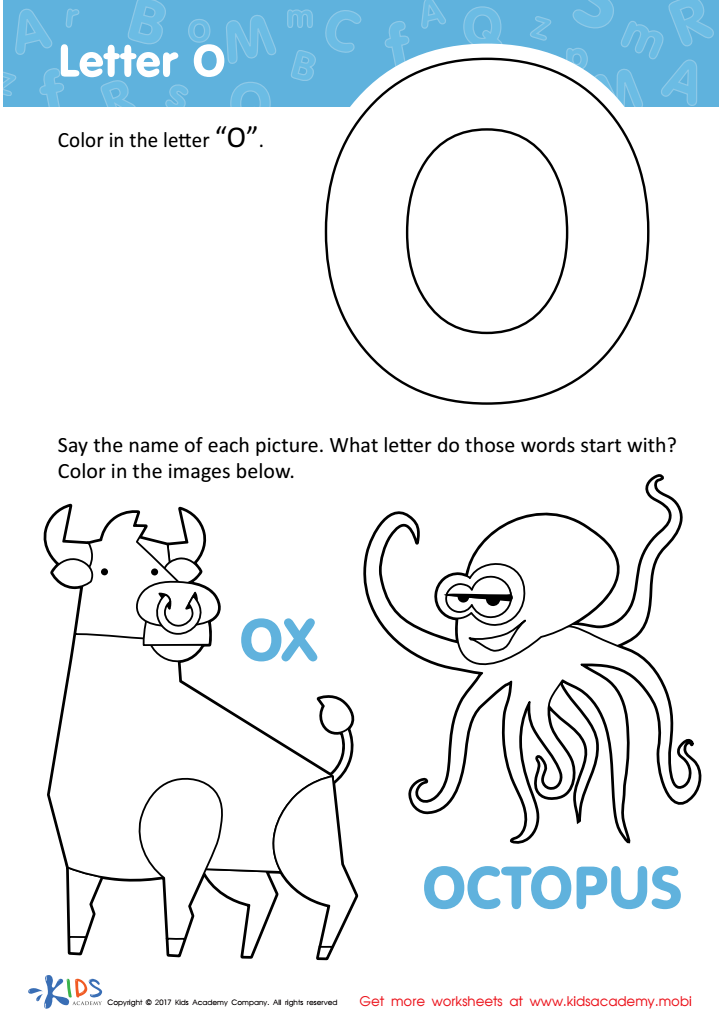

Letter O Coloring Sheet
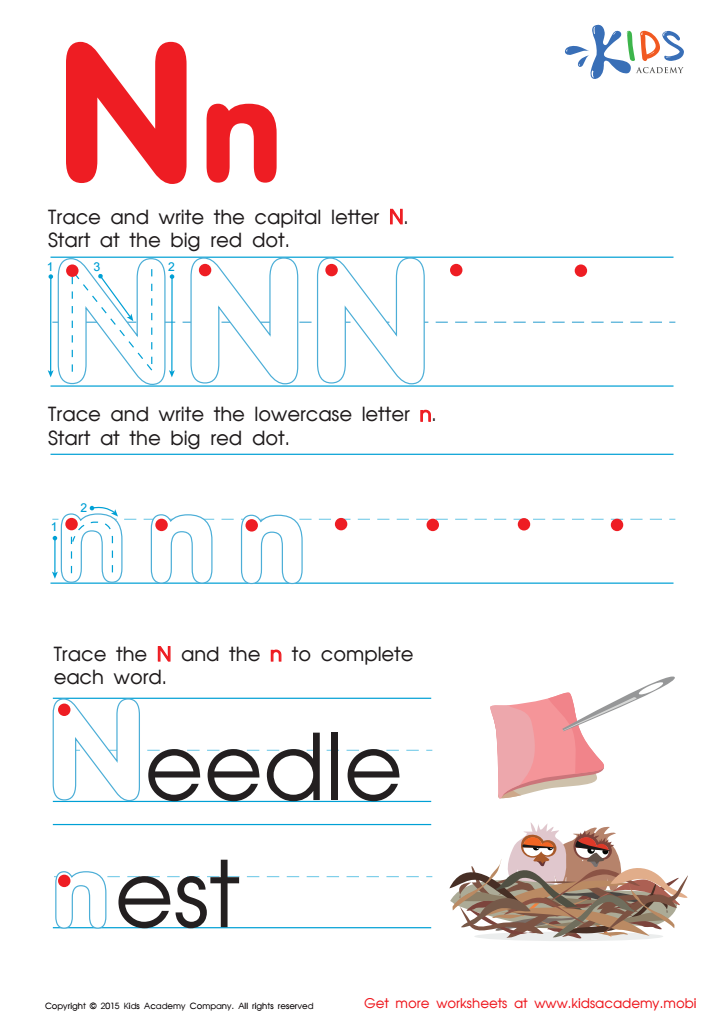

Letter N Tracing Page
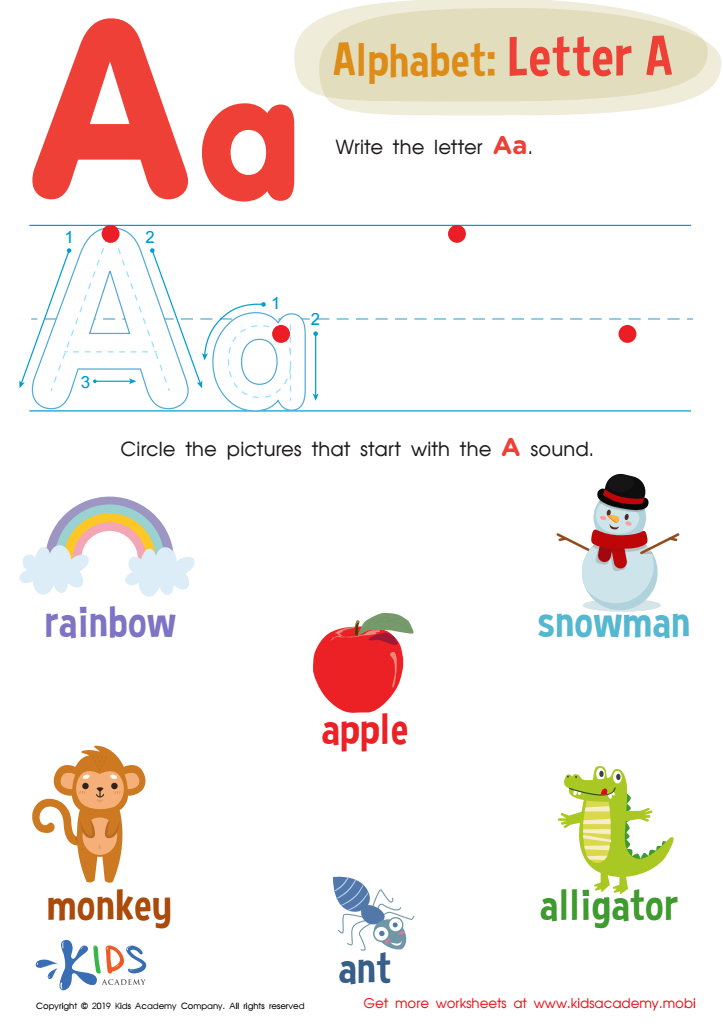

Letter A Tracing Worksheet
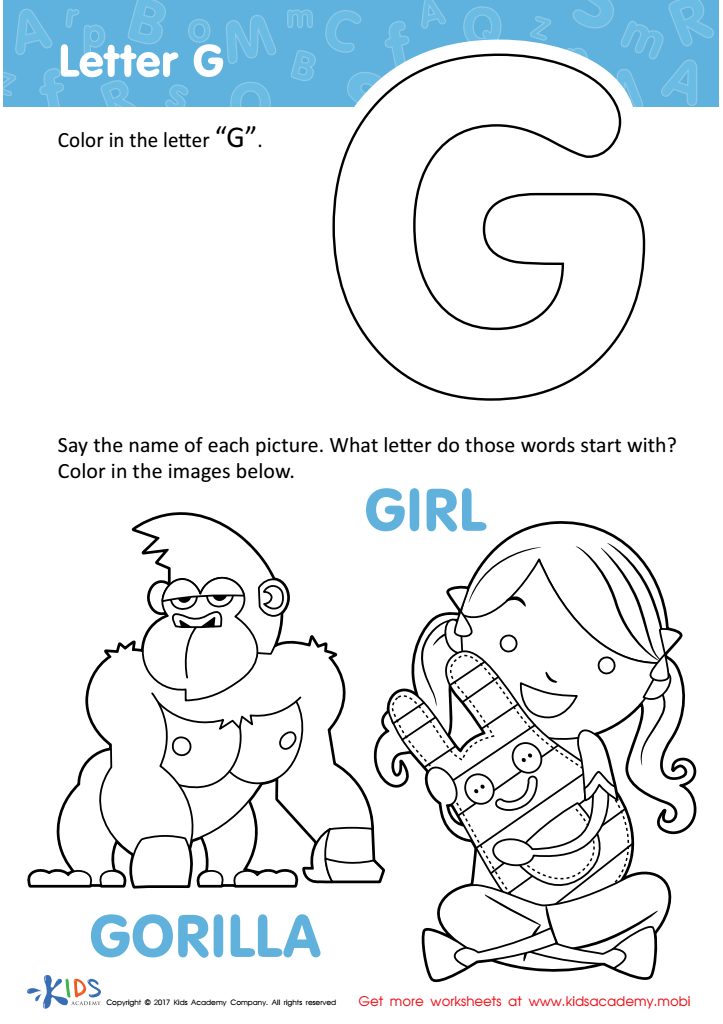

Letter G Coloring Sheet
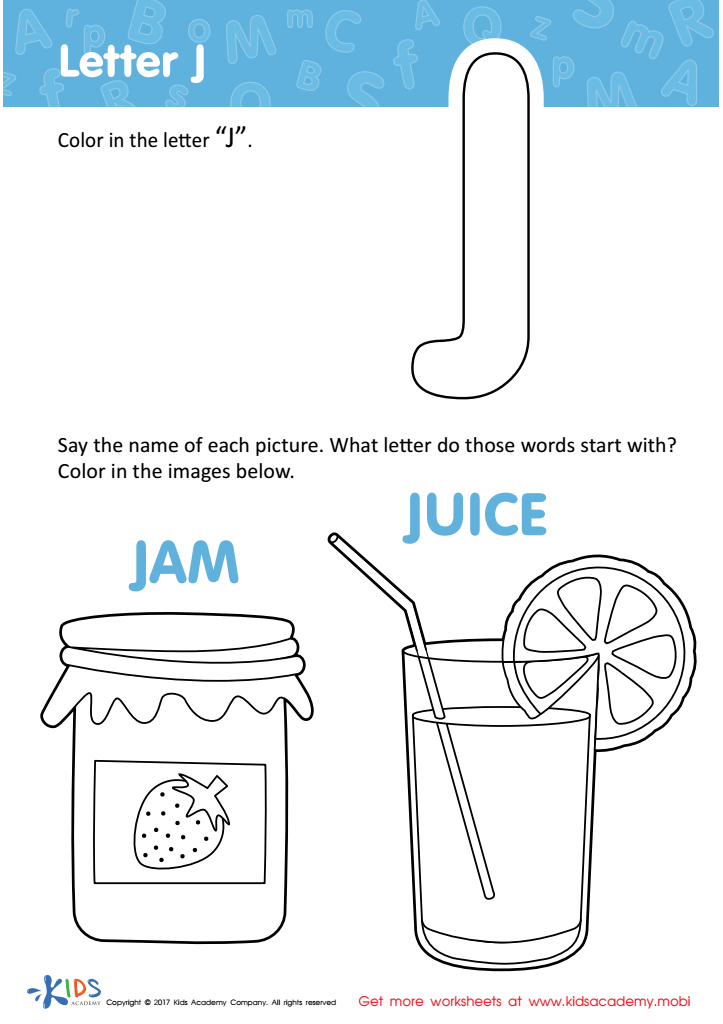

Letter J Coloring Sheet


Letter H Coloring Sheet
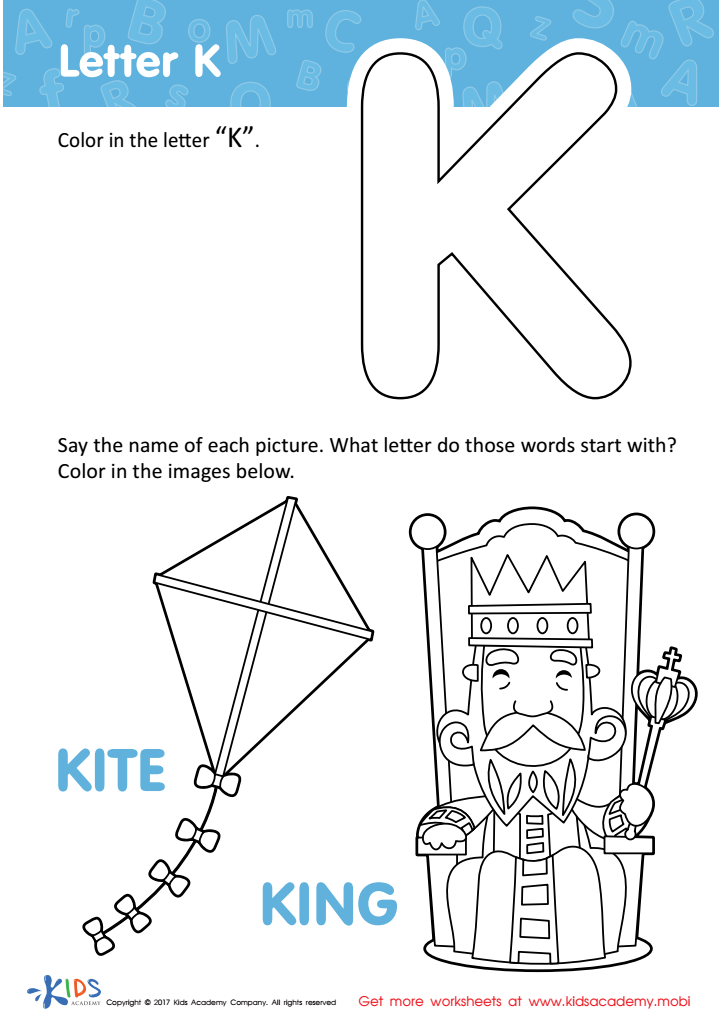

Letter K Coloring Sheet
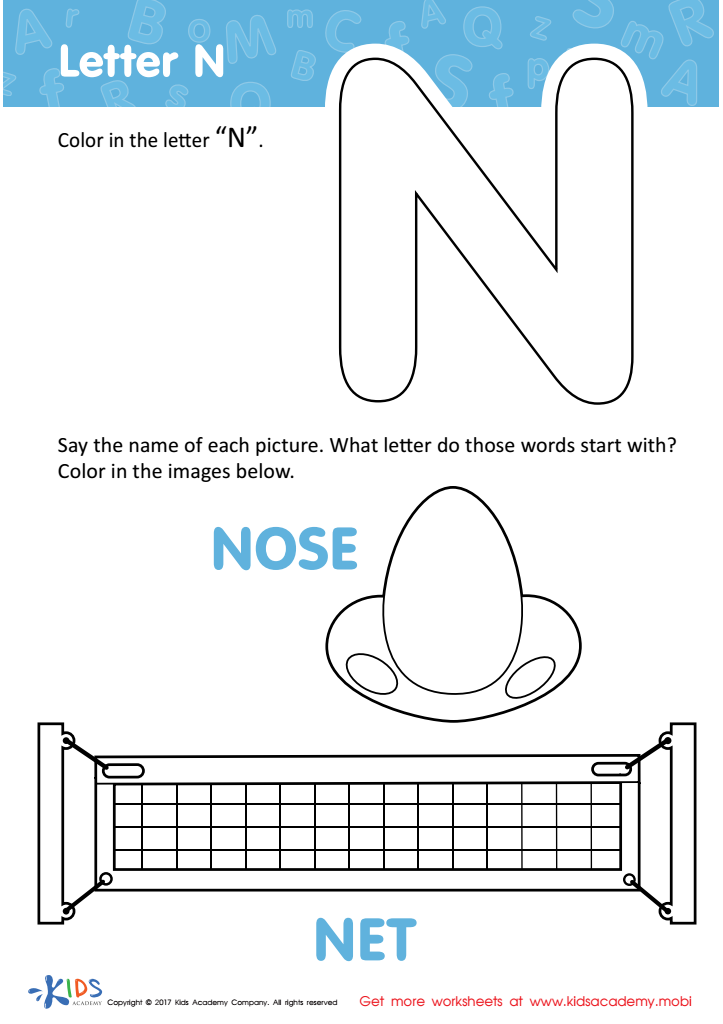

Letter N Coloring Sheet
Handwriting practice and normal letter recognition are foundational skills that parents and teachers should emphasize for 3-year-olds because they lay the groundwork for future literacy and cognitive development. Engaging children in handwriting exercises helps to refine their motor skills, which are essential for various daily tasks and academic performance. At this age, children's brains are highly plastic, meaning they are extremely receptive to forming new neural connections. This early practice enhances their fine motor control and hand-eye coordination.
Recognizing letters is equally important as it forms the basis of reading and writing skills. Early familiarity with letters can spark an interest in written language, encouraging an eagerness to read that can lead to advanced literacy skills later in life. Recognizing letters also aids in the development of phonemic awareness, an essential pre-reading skill where children understand that letters represent sounds in spoken language. Furthermore, handwriting practice can foster patience, attention to detail, and perseverance, characteristics that benefit overall learning.
Incorporating playful activities, like letter games or drawing letters in sand, makes the learning process enjoyable and stress-free, helping to cultivate a positive attitude toward literacy. This early intervention can make the transition to formal schooling smoother and set the stage for academic success.
 Assign to My Students
Assign to My Students





















